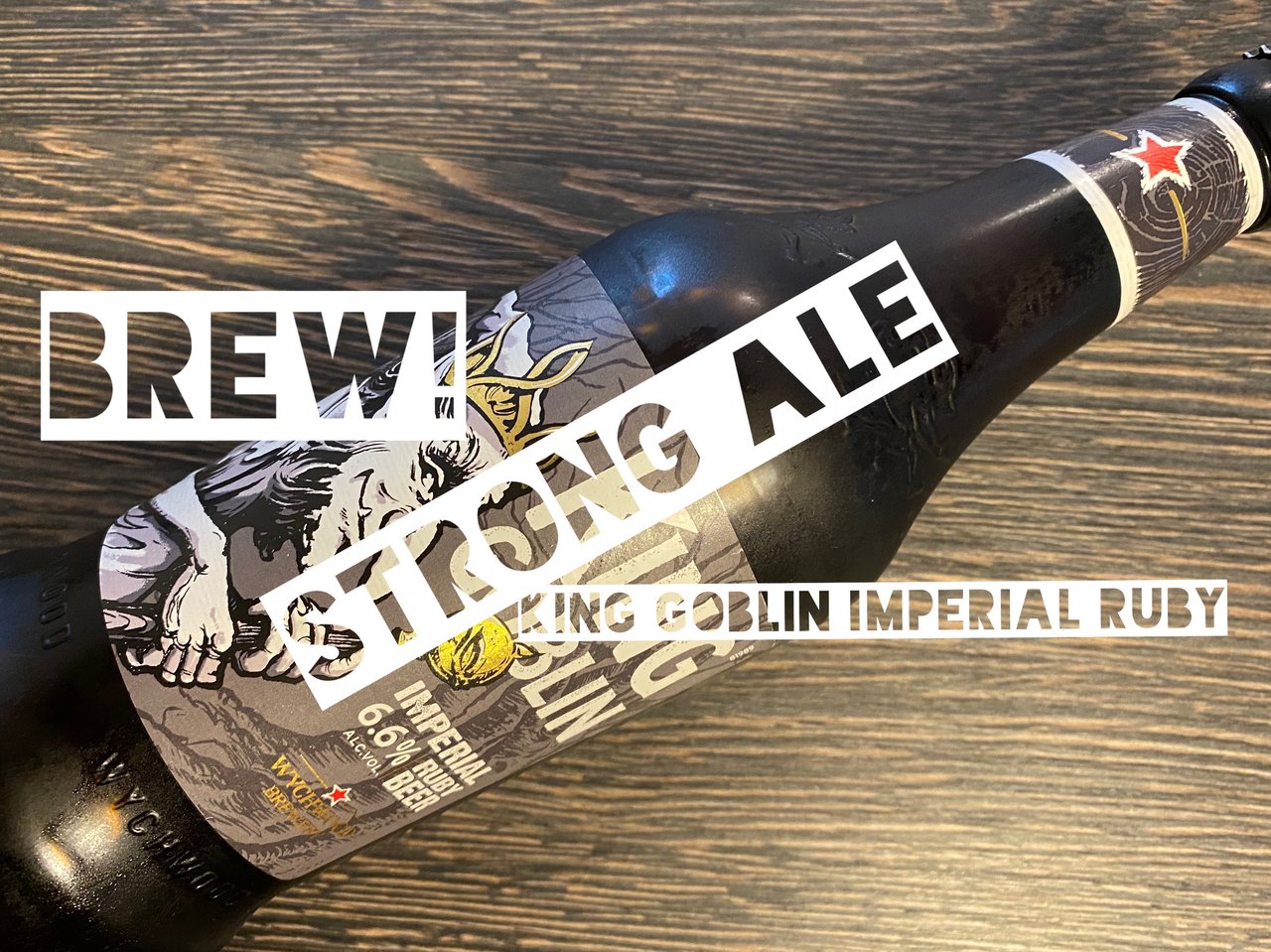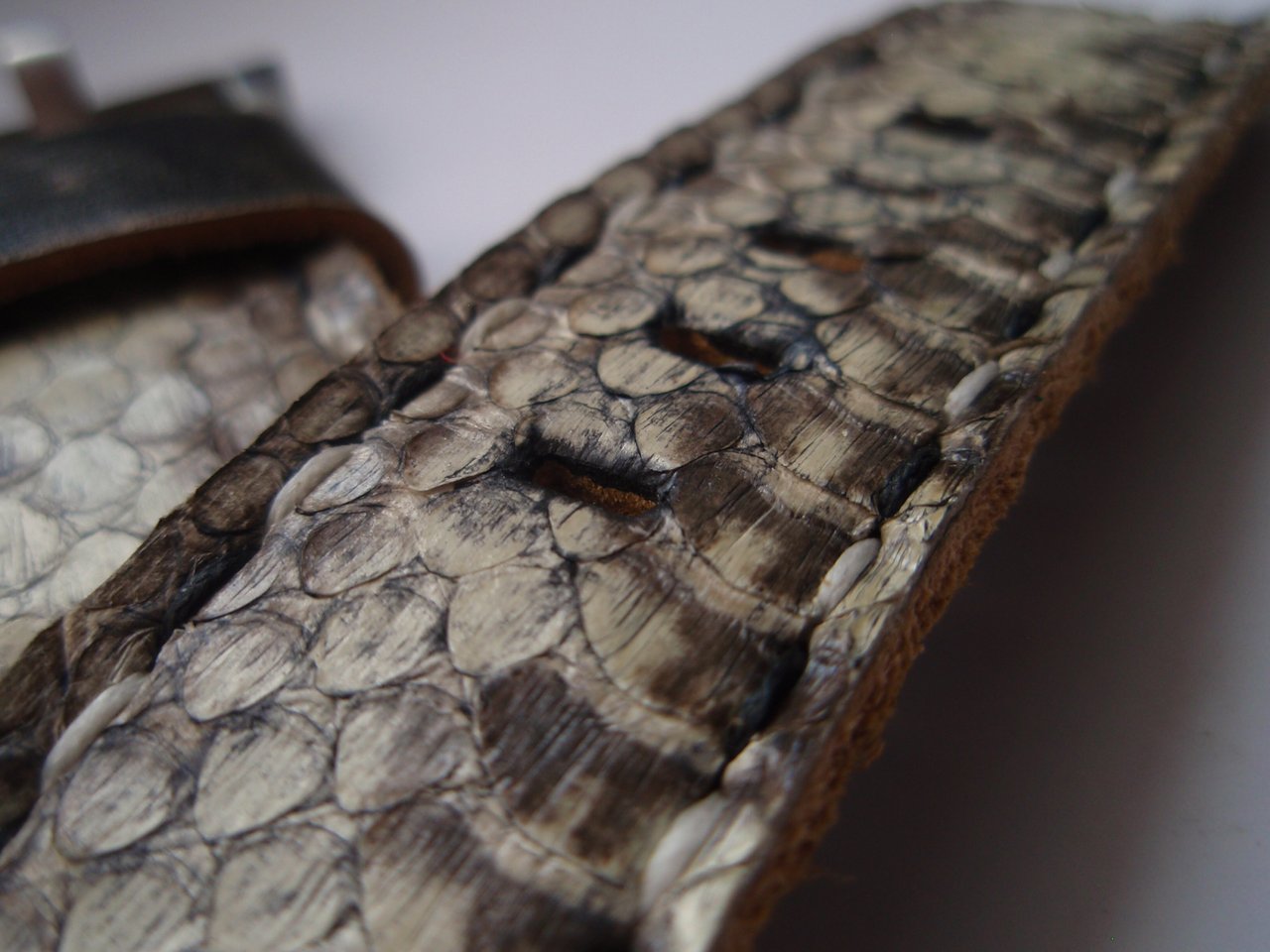Travel! – Dishu, Street Calligraphy

Dear Coilers, in this post I will tell you a story about something which is amazing on many levels.
I am sure you are familiar with the Chinese calligraphy, or at least you have seen it in movies or documentaries or... I mean it is famous...
Chinese calligraphy is the writing of Chinese characters as an art form, combining purely visual art and interpretation of the literary meaning.
Here is my name written by some kid, somewhere in Beijing. I remember him called my sister and me to his home and made a calligraphy for each. He was proud of his calligraphy work which he was studying, first learned from his grandfather and later in classes. One of the rare who didn’t want to sell us something but gave us as a present.

But there is a special way of making calligraphy art, the art which lasts just for a few moments before it is gone forever, it is...
DISHU – (地书, writing calligraphy on the ground or writing street calligraphy) is very popular form of calligraphy art written on the ground with water.

Dishu artists first started practicing this art in Beihai park in Beijing in 1990s, and this art form soon spread throughout China.
Thousands of anonymous street calligraphers come to parks and streets every day to write, the different pavements becoming a large paper surface. Displaying literature, poetry or aphorisms, these monumental letterings, ranging from static regular to highly cursive styles. The calligraphic practice corresponds to a research of self accomplishment or improvement, this improvement modifying our perception of the world.

Many passers stop for a second but the moment they start observing the artist the time stops too and a second becomes minute, a minute can become an hour... Beautiful artwork to which one was gazing at, soon vanishes and it can only be kept in the memory of the viewer and in heart of the artist.

Every now and then, Chinese viewers start clapping with enthusiasm. Westerners maybe can’t understand why, but are sure that the artist just made a masterpiece... which, a minute later, is just part of a history, never to be seen again.

Enjoying Dishu can help you start enjoy small things, not material but transcendental.
Some things in life we can see and enjoy just for a moment. Observe the world around you and stop for a second if you see some interesting sight, a bird, a flower, sunset or just a plain letters on the ground. Soon they will not be there and that same sight you will never be able to see again. Ever.
Thanks for reading,
Srdan

 Dram! – MacArthur’s Select – Blended Scotch Whisky
Dram! – MacArthur’s Select – Blended Scotch Whisky

















































